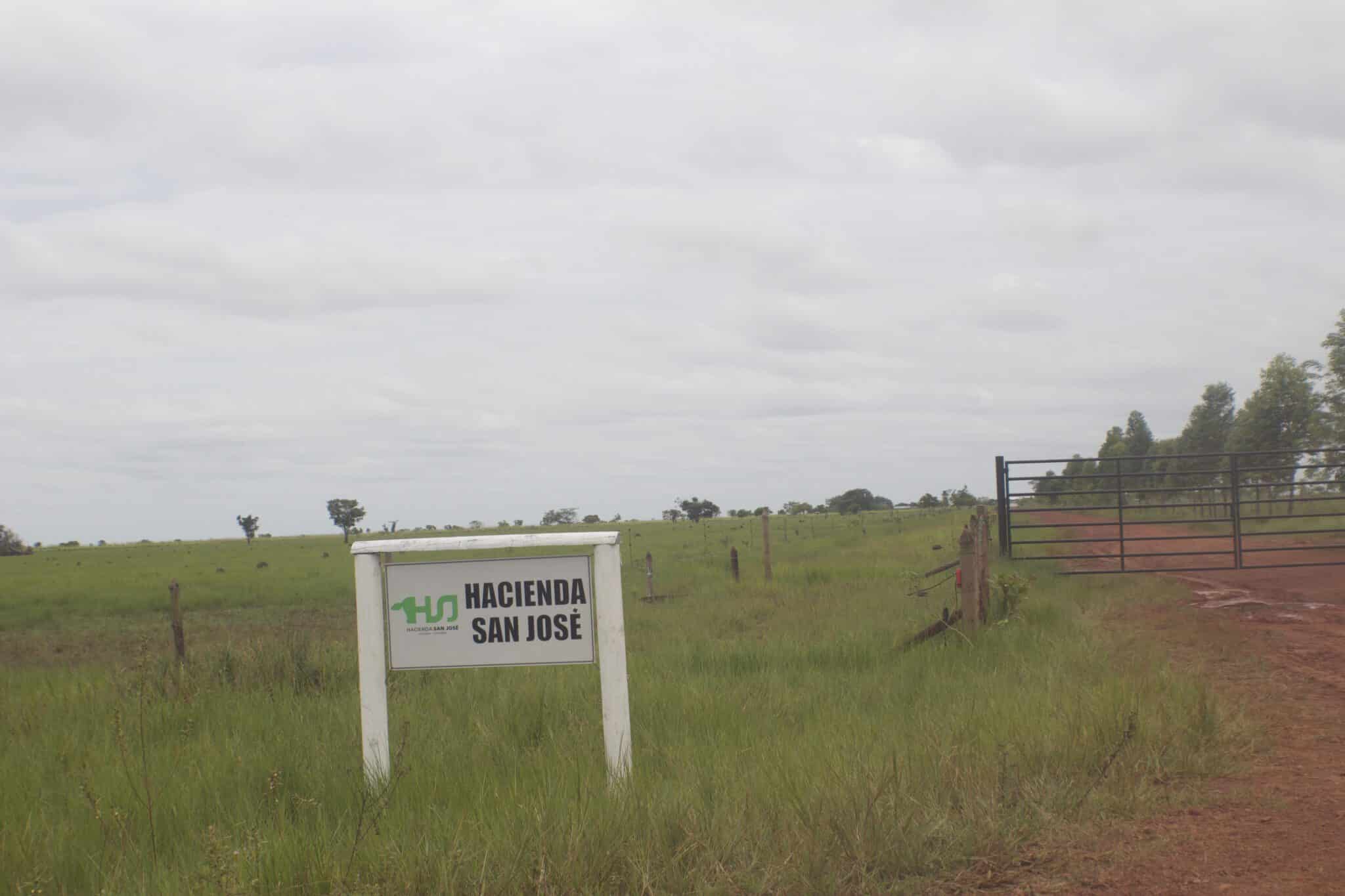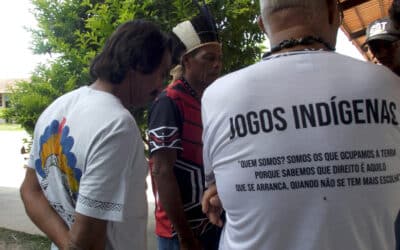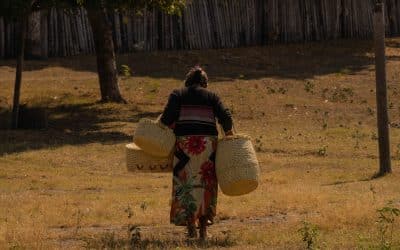Examining “Sustainable” Livestock Intensification and Financing: A Critical Analysis of the Hacienda San José Case in Colombia
A Report by the Global Forest Coalition and Claretian Corporation Norman Pérez Bello, members of Tejido Únuma and Julieta Rivera Plaza
Research on large-scale livestock farming in Colombia suggests financiers should divest and redirect climate finance to where it is needed
Click here to download the full report in English: Examining Sustainable Livestock Intensification and Financing: A Critical Analysis of the Hacienda San José Case in Colombia
Click here to download the full report in Spanish: Aproximación Crítica a la Llamada Intensificación Ganadera Sostenible y su Financiamiento: “El Caso Hacienda San José, en Colombia”
To tackle the climate crisis adequately, it is important that climate finance flows massively to initiatives that have real positive effects in terms of climate change mitigation and that have no negative effects on people and the environment. Can large-scale but so-called sustainable livestock initiatives stand this double test? Initial findings from field research of a large-scale livestock project in Colombia indicates that the risk of negative effects on people is significant. Issuers and recipients of climate finance must therefore be extremely diligent when it comes to large-scale but so-called sustainable livestock initiatives, especially in contexts where land and environmental rights of indigenous people are at stake.
The field research looked at the Hacienda San José, a large-scale livestock farm in Colombia that produces beef. The Hacienda has been receiving funds through the Dutch &Green Fund since 2021. And in 2023, the UN’s Green Climate Fund has decided to provide additional funds. The &Green Fund aims to promote sustainable commodity production and higher productivity on agricultural land, thereby decreasing the pressure to clear forests for agricultural purposes. The Hacienda is promoted as an example of livestock farming: it would be able to contribute to global cooling through genetic improvement and the use of the Nelore breed, characterised by being short-cycle cattle, and by the use of a grass called Brachiaria humidicola with deep roots that contributes to capturing more carbon than it generates. The Hacienda is located in the Vichada department. This is an extensive and remote territory, which is difficult to access, and with a low population density. The vast majority of the population consists of the Indigenous Sikuani peoples.
For this research, researchers analyzed project documents and conducted interviews and workshops with organizations that work in the region and with local Indigenous people and peasants. They brought to light various points of concern:
1) Hacienda San José is planning to expand its area of operation to 180,000 hectares of land, perhaps even more. These plans partly overlap with the long-standing expansion plans of the Sikuani Reservation, and they may also interfere with the land restitution process after the Colombian armed conflict. Particularly concerning in this regard is that the Sikuani people were not properly informed nor consulted about the Hacienda’s plans. People could therefore not give proper free, prior and informed consent.
2) A second area of concern is how the Hacienda has implemented its corporate social responsibility. It provided support to education, but with minimum quality standards and certainly inappropriate for the context. School guides for instance require the use of the Internet, computers, and experiments with inputs to which boys and girls do not have access. References to investments by the Hacienda in the local health center could not be verified in the field.
3) Workers of the Hacienda also raised concerns regarding the labor conditions, complaining about how hard the work was and about having to use internationally banned insecticides without proper protection. Also, the Hacienda has not yet achieved the projected employment numbers.
4) In addition, the Hacienda’s operations have negative effects on biodiversity and soil quality. People have noticed a loss of cachicamos, birds, deer, as well as fish in the streams, which results in a strong impact on the Indigenous community and the ways of life of the region.
5) Finally, the cattle raised by the Hacienda will be responsible for increased greenhouse gas emissions, which the offsetting activities will not be able to compensate.
On paper, Hacienda San José is presented as a company with great potential to contribute to tackling the climate crisis. However, the reality looks starkly different: the company interferes with the rights of Indigenous peoples, it has not lived up to its corporate social responsibility, and it has adverse effects on the environment and climate. In conclusion, funding to an initiative such as the Hacienda San José livestock farm in Colombia cannot, in its current form, be seen as real climate finance. Financiers should divest and redirect climate finance to where it is needed. More and better climate finance is needed to tackle the climate crisis adequately.




